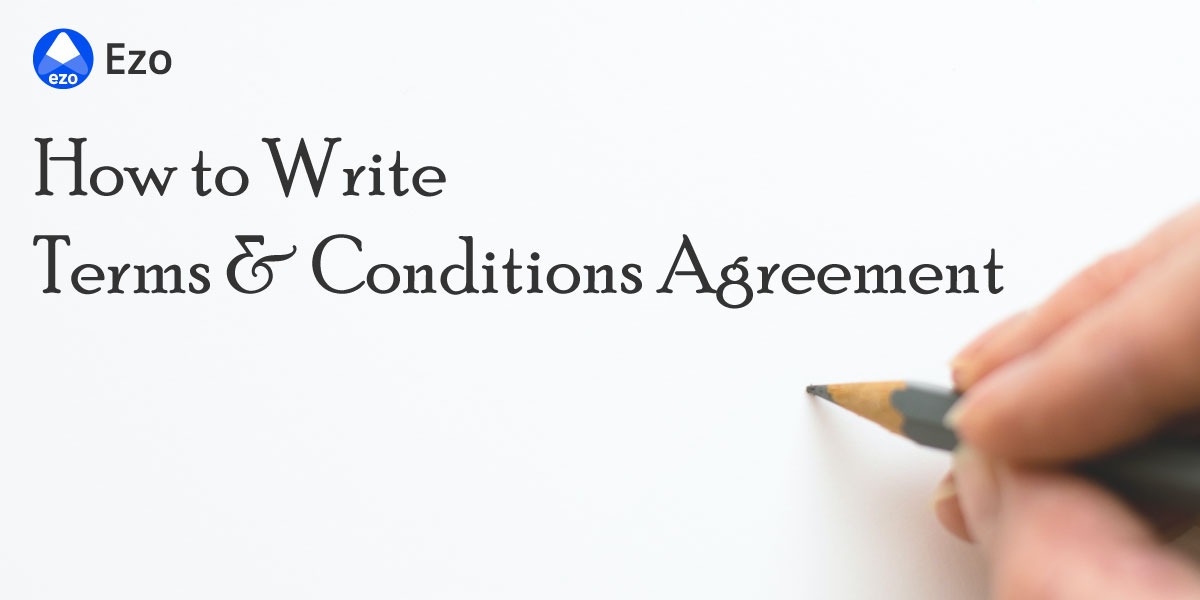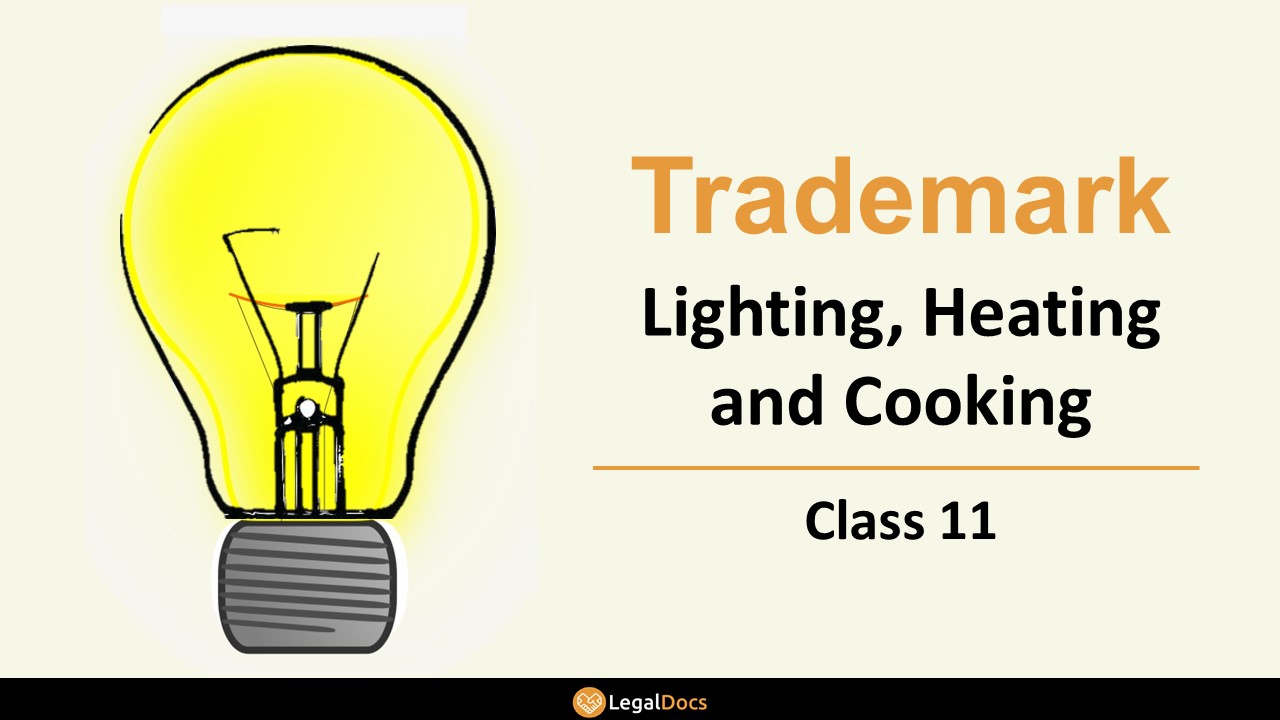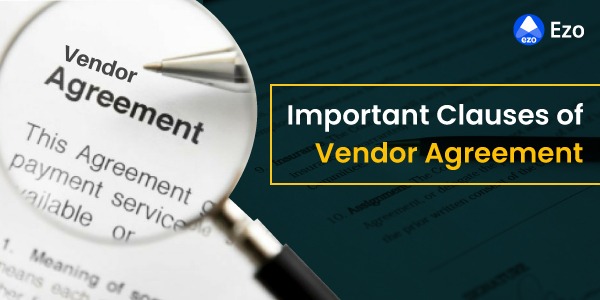How to Write a Terms and Conditions Agreement ?
The Terms & Conditions (T & C) act as a contract between you and your users so you can control liability, manage use, protect your intellectual property, and enforce rules. While it's not legally required in any jurisdiction, it can make managing your website or app much easier.
How to Write a Terms and Conditions Agreement?
Follow the below 3 step procedure to create your Terms and conditions agreement online
Login to our website and visit to the Form i.e. i.e. Website Terms & Conditions generator.
Fill in the details like website address, name of the organisation owning the website, type of the website and few other questions.
Our well-versed lawyers will work on drafting “Terms and Conditions for website” for you and the draft having all the required details will be ready for you to send.
Create your Terms and Conditions Template
The following points are essential and must be included in any website's Terms and Condition Agreement:
1. Products Or Services Offered
A detailed definition of your products and service offerings should be included here. Where appropriate, make sure your terms and conditions include the minimum duration of any contracts that may exist for the supply of goods or services on a permanent or recurring basis.
2. Prices And Payment
You should clearly state your prices, or where to find them – such as on the applicable products. Whether the prices include applicable VAT should also be noted as part of your terms and the period for which any offer or price remains valid.
Any appropriate shipping costs should be noted here. Additionally, you should state when payment is due and what happens in the instance that payment is not received.
3. Shipping And Delivery
In case you ship products, expected time frame and shipping policy information must be included in the T & C agreement. What happens in the instance that the order is not delivered should be expressed here too.
Instances when delivery is delayed for any reason, and how, if at all, this will be communicated to customers - Details for the same must also be included
4. Guarantees And Warranties
Certain items you provide may include warranties, either from manufacturers or otherwise. In these instances, you should state the start date and duration of the warranty. This may be from receipt of the order in the form of an order notification, or from the point of delivery. Information about replacement, repair or refund must also be included.
5. Returns, Refunds And Complaints
You must include your returns policy on your website. The policy should clearly indicate the refund and return process for your customers. Set out steps the customer should follow to return the product and any other requirements such as condition and proof of purchase necessary. You should also state the turnaround time for your customers to receive the refund. Items which are not eligible for refund should also be mentioned.
T & C should include how complaints should be received, what information should be included, and where they should be sent – this may be a physical or email address, or via another method. Where complaints are submitted due to defects, you should set out the timeframe in which these can be entered.
6. Limitation Of Liability
The limitation of liability clause specifies the extent to which you will be obligated to provide damages to another party for failure to perform as agreed to as part of the Terms and Conditions. In most cases, this will simply be to acknowledge that liability is limited to direct damages (those damages that could not be avoided by breaching the contract) and that you will not be liable for any indirect damages that may occur.
7. Intellectual Property Rights
You need this to protect your ownership over intellectual property such as your photographs, videos, graphics and so on. This can be a short line stating your ownership of these original materials, and state in which contexts they can be used, if at all.
8. Future Changes
From time to time you may change the terms of your Ts & Cs either because of changes in your business, or due to changes in governing law. Make sure to provide information on how customers will be notified of this, and the period of notice that will be given in advance of changes.
9. Governing Law
Your Terms and Conditions should end by stating under which applicable laws they are governed by – i.e. the laws of the country or state where you conduct business.
You can make use of Terms and conditions generator to create your agreement online easily in 5 minutes.
Create your Terms and Conditions Template
 Knowledge Center
Knowledge Center


























LEAVE A REPLY: